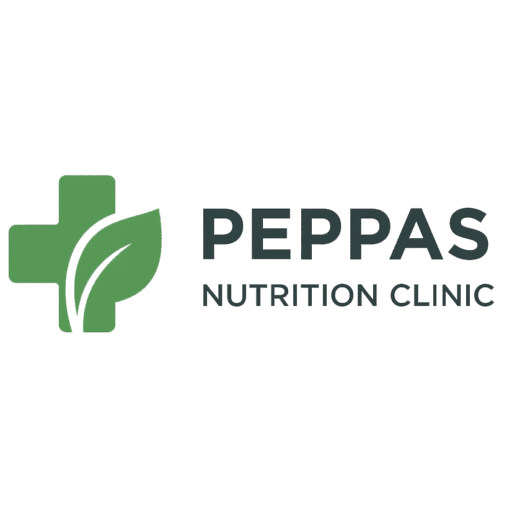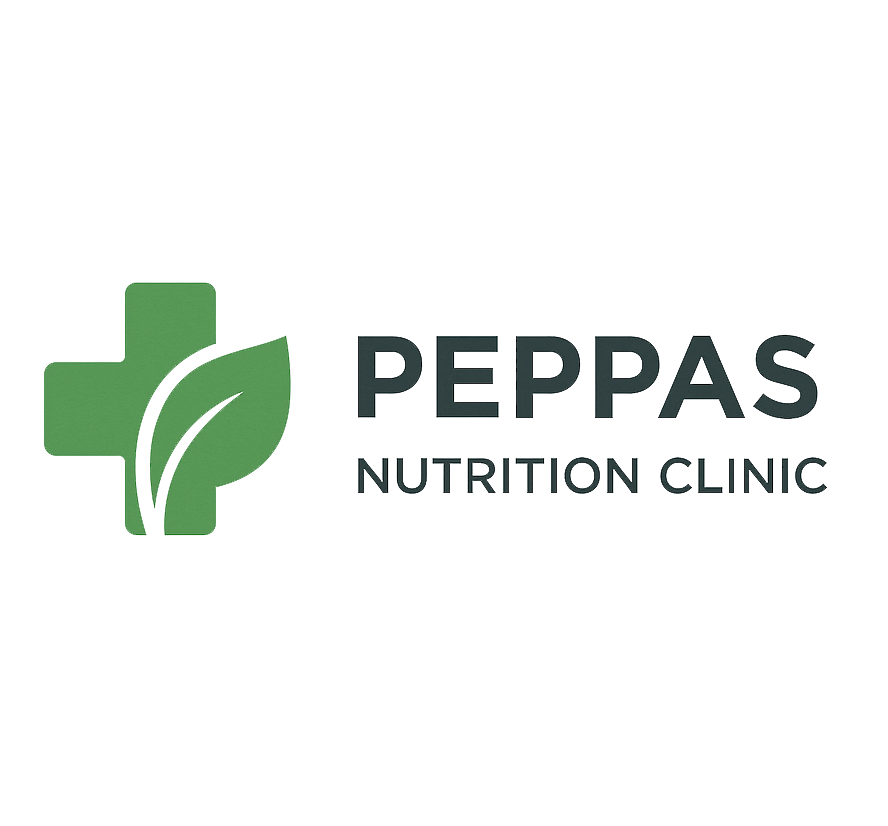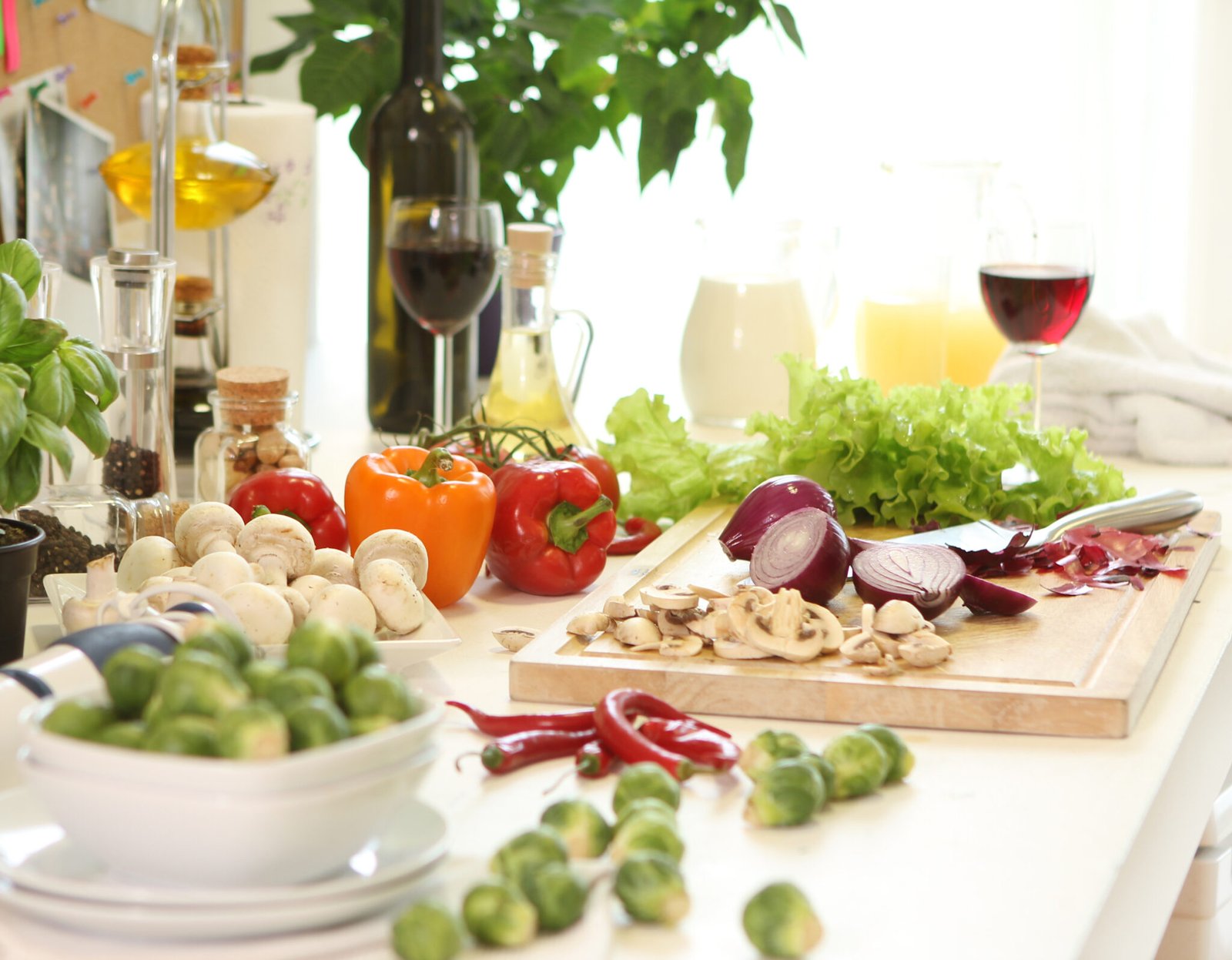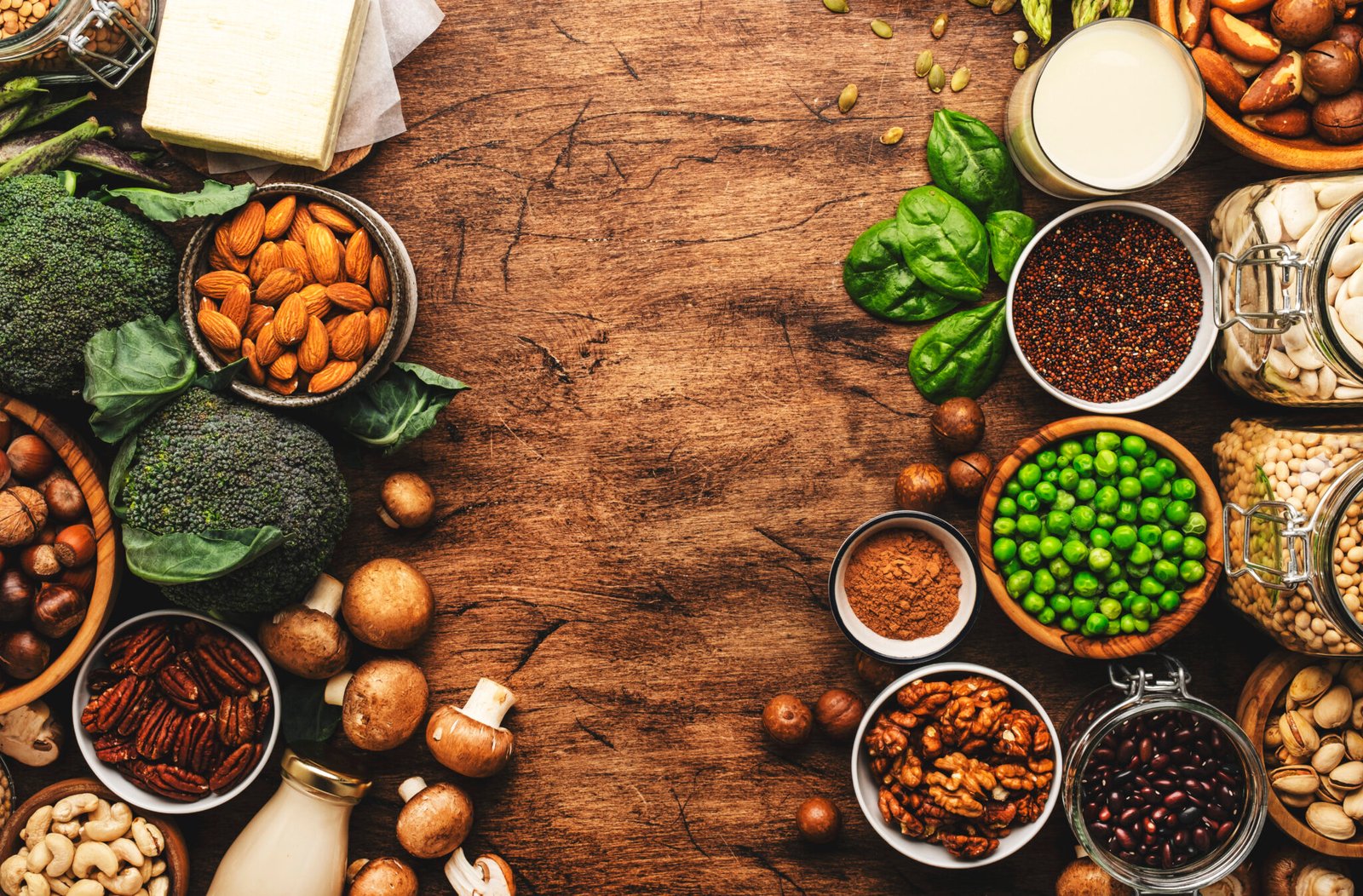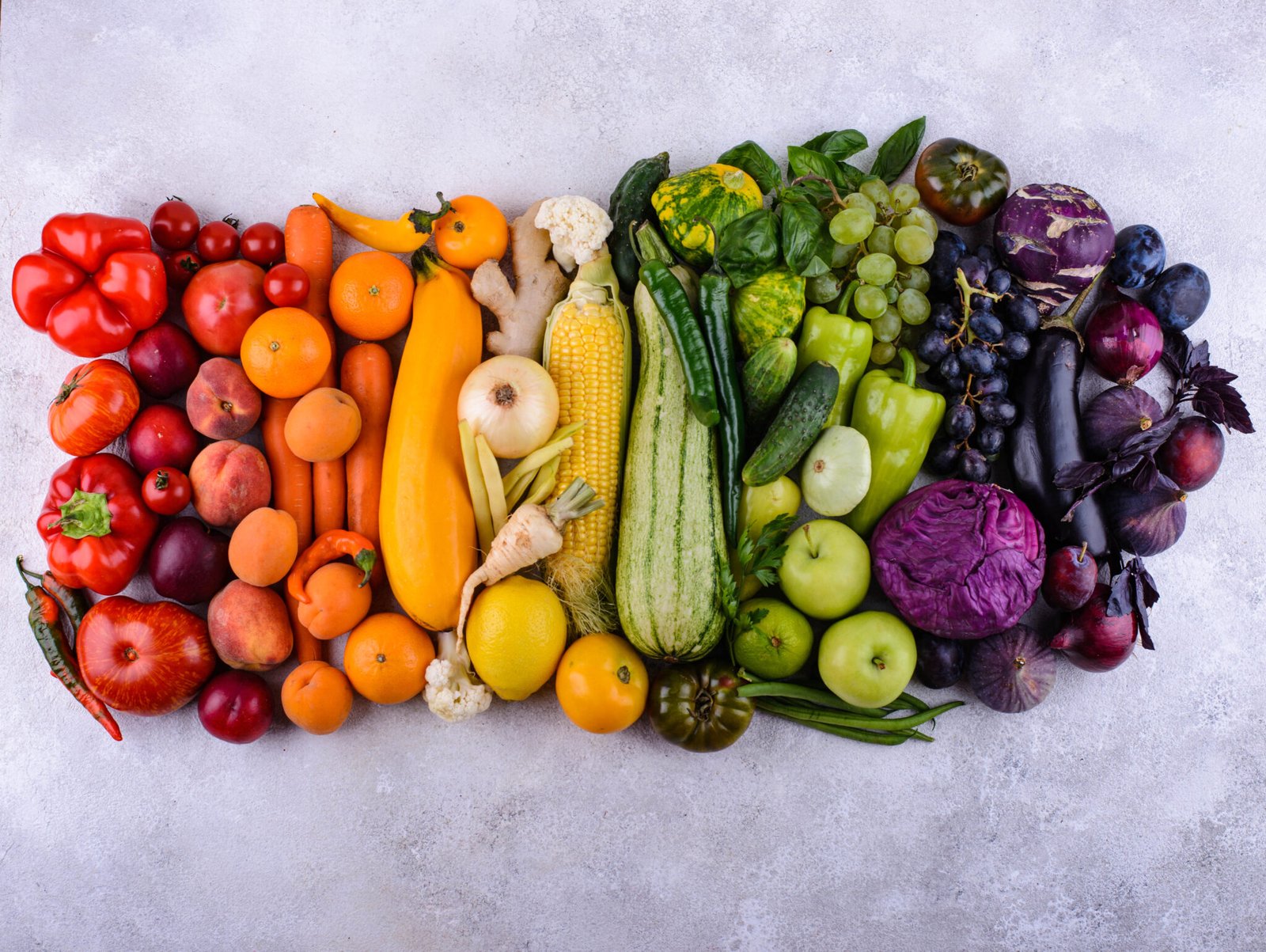THE EFFECTS OF MEAT OVERCONSUMPTION ON GLOBAL HEALTH AND ENVIRONMENT
Meat overconsumption can have serious negative impacts on both global health and the environment. Here are some ways that excessive meat consumption can affect both health and the environment: Greenhouse gas emissions: Meat production contributes significantly to greenhouse gas emissions. High consumption of meat, particularly beef...
SEASONALITY IN FOODS
Seasonality in foods refers to the natural cycle of when fruits and vegetables are harvested and reach their peak freshness and flavour. In different regions and climates, the availability of certain foods changes throughout the year, depending on factors such as temperature, rainfall, and sunlight....
IKARIAN DIET: WHAT IS IT, AND WHY SHOULD I CHOOSE TO FOLLOW IT?
Since the previous century, the Mediterranean diet, first established as a model on the Greek island of Crete, is recommended in order to maintain our good health and achieve longevity, however, out of all the Mediterraneans, the people of Ikaria island seem to have the...
WHY WE SHOULD SHOP FROM LOCAL MARKETS
Shopping from local markets can have many benefits, both for the individual shopper and for the local community. Here are some reasons why you might consider shopping from local markets: By shopping at local businesses, you are helping to keep local businesses thriving and create new...
INTOLERANCE TO GLUTEN AND LACTOSE
During a trip to the grocery store, consumers can easily observe the augmented quantities of gluten-free or/and lactose free products that are available. It is true that in recent years, the food industry has made great progress towards the production of such goods, compared to...
COLORFUL VEGETABLE CONSUMPTION
Eating colorful vegetables is a great way to ensure a balanced and nutritious diet. Vegetables of different colors provide different nutrients, vitamins and antioxidants. All of these are essential for maintaining good health. Red vegetables such as tomatoes, red peppers, and beets are rich in lycopene, an antioxidant that reduces the risk of certain cancers and heart disease. Orange vegetables like carrots and sweet potatoes are rich in beta-carotene, which your body converts to vitamin A and is important for healthy vision and immune function. Yellow and green vegetables such as spinach, broccoli, and kale are rich in lutein and zeaxanthin, which are important for eye health, and also have anti-inflammatory properties. Purple and blue vegetables such as eggplant, blueberries, and grapes are high in anthocyanins, which are antioxidants that help protect against heart disease and improve cognitive function. Vegetables can be roasted or grilled as a side dish, added to soups and stews, or added to salads. ...
THE COST OF A HEALTHY DIET
The economic factor plays a major role in eating habits. Unfortunately, fast food and other unhealthy food options are ubiquitous. They pop up on almost every corner of cities around the world advertising cheap deals or appear in pre-packaged meals on supermarket shelves claiming to...
CHILDREN’S NUTRITION
Our dietary preferences are influenced by multiple factors, such as characteristics of the individual, properties of the food or the environment. Specifically, concerning the development of children, adequate amounts of nutrients should be met, which can be provided through the consumption of a variety of...
